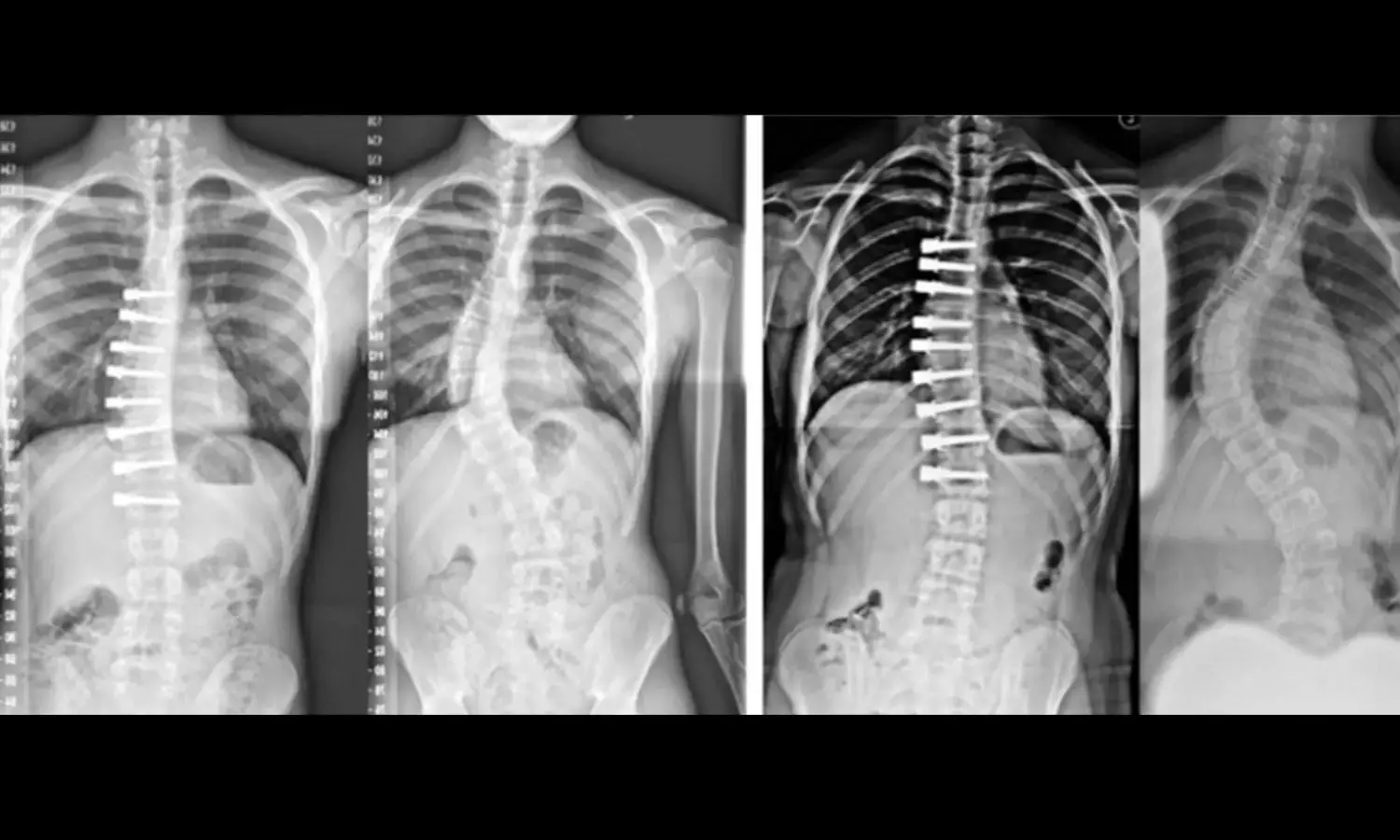Infertility treatment doubles risk of postpartum heart disease, reveals study

A study by Rutgers Health experts of more than 31 million hospital records shows that infertility treatment patients were twice as likely as those who conceived naturally to be hospitalized with heart disease in the year after delivery.
Patients who underwent infertility were particularly likely-2.16 times as likely as those who conceived naturally-to undergo hospitalization for dangerously high blood pressure or hypertension.
“Postpartum checkups are necessary for all patients, but this study indicates they are particularly important for patients who undergo infertility treatment to achieve a conception,” said Rei Yamada, an obstetrics and gynecology resident at Rutgers Robert Wood Johnson Medical School and lead author of the study.
The study authors say their results support standards of care that now call for an initial postpartum checkup three weeks after delivery, standards that some health systems have yet to adopt. Much of the elevated risk came in the first month after delivery, particularly for patients who developed dangerously high blood pressure.
“And these results aren’t the only ones to indicate that follow-up should occur early,” said Cande Ananth, chief of the Division of Epidemiology and Biostatistics in the Department of Obstetrics, Gynecology, and Reproductive Sciences at Rutgers Robert Wood Johnson Medical School and senior author of the study. “We have been involved in a series of studies over the past few years that have found serious risks of heart disease and stroke to various high-risk patient populations within those initial 30 days after delivery-risks that could be mitigated with earlier follow-up care.”
The study analyzed the Nationwide Readmissions Database, which contains nationally representative data on about 31 million hospital discharges and readmissions per year. The database contains diagnosis codes, which let researchers find specific populations and identify reasons for readmission.
The researchers used data from more than 31 million patients who were discharged following delivery from 2010 to 2018, including 287,813 patients who had undergone any infertility treatment.
Although infertility treatment predicted a sharply elevated risk of heart disease, the study authors said the relative youth of infertility treatment patients kept their overall risk fairly low. Just 550 of every 100,000 women who received infertility treatment and 355 of every 100,000 who conceived naturally were hospitalized with cardiovascular disease in the year after delivery.
The cause of the elevated risk of heart disease associated with infertility treatment remains unclear. The increase in heart disease could stem from the infertility treatments themselves, the underlying medical issues that made patients infertile or some other cause.
“Looking forward, I’d like to see if different types of infertility treatment and, importantly, medications are associated with different risk levels,” said Yamada. “Our data gave no information about which patients had undergone which treatment. More detailed information might also provide insight into how infertility treatment impacts cardiovascular outcomes.”
Reference:
Rei Yamada, Devika Sachdev, Rachel Lee, Mark V. Sauer, Cande V. Ananth, Infertility treatment is associated with increased risk of postpartum hospitalization due to heart disease, Journal of Internal Medicine, https://doi.org/10.1111/joim.13779.
Powered by WPeMatico













